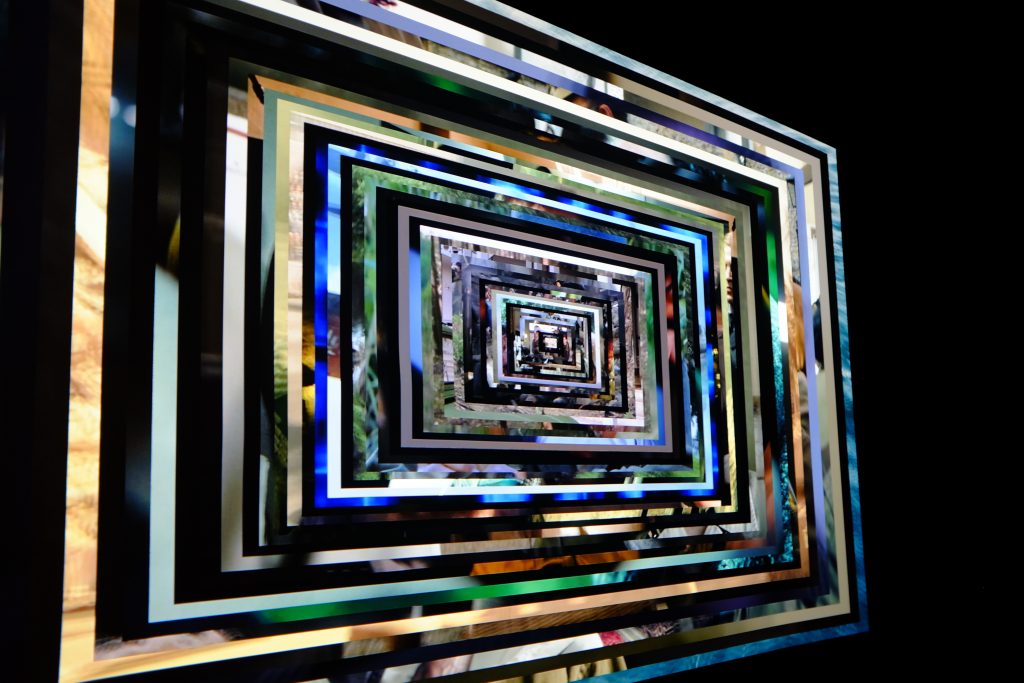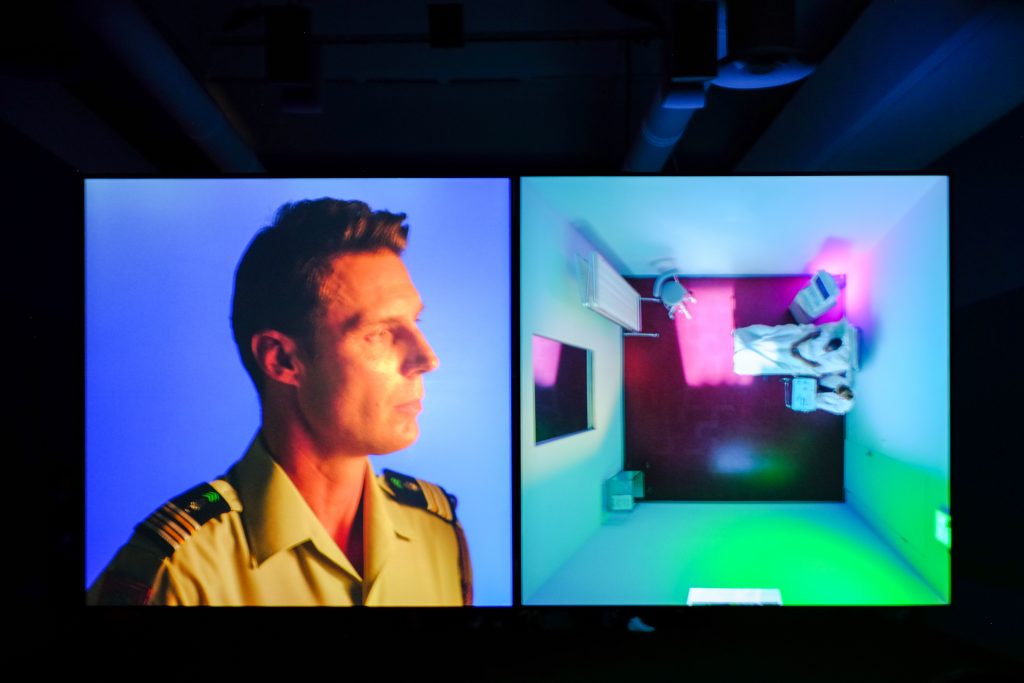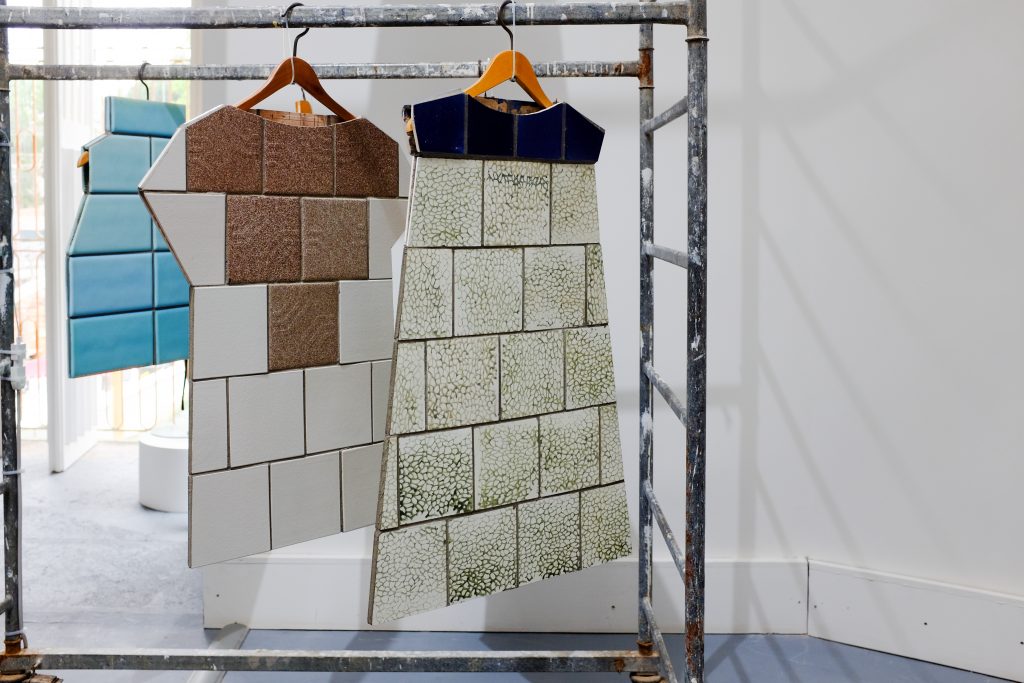Venice Biennale 2019: Darkness + Light
From doppelgängers to robots and holograms, some of the shadowy works on show

This year’s theme for the 58th International Art Exhibition at this year’s Venice Biennale, “May you live in interesting times,” is oftentimes purported to be translated from a traditional Chinese curse—wherein a phrase that sounds like a blessing is actually said ironically. It makes sense that many artists involved in the show (curated by Ralph Rugoff) offered dark, bleak and downright strange works. Many pieces (films especially) are literally dark, while others are metaphorically grim, some focus on the cracks where the light gets in—all provoke genuine contemplation. Here are some of the standouts.

Composer and artist Ryoji Ikeda creates a sonic and visual experience for visitors with “data-verse.” For the site-specific project (which is supported by Audemars Piguet) a 4K DCI projection is accompanied by minimalistic sounds generated by data he collected from sources such as CERN, NASA, and the Human Genome Project. The result is a multi-sensory “digital poem.”

Multidisciplinary artist Tavares Strachan honors fallen astronaut Robert Henry Lawrence Jr once again with his pieces in Venice. Previously, Strachan worked with SpaceX to launch a 24k gold sculpture of the astronaut—the first African-American selected for a national space agency—into orbit. Here, neon writing tells Lawrence’s story while the neon sculpture “Robert” is a dramatic reproduction of his skeleton.

The chaos generated by artist and composer Christian Marclay is strangely beguiling. His aptly named film “48 War Movies” is exactly that: 48 war films (and their soundtracks) layered on top of each other. The result is distressing, flickering din.

In his two-channel film “Doppelgänger,” Stan Douglas creates a similar sense of subtle malaise, simply using two parallel stories that run simultaneously and break the classic idea of linear narration. Here, a character named Alice doubles herself, and one version heads off into space.

Sun Yuan and Peng Yu‘s “Can’t Help Myself” creates a confronting and somewhat morbid atmosphere. Inside a transparent cage-like structure, an industrial robot shovels and scrapes large amounts of blood-like liquid—an act that is seemingly never-ending and grotesque.

In the middle of a sparse room, a multicolored creature seems to dance, thanks to a rotating monitor generating its movement. This hologram is Cyprien Gaillard’s “L’Ange du Foyer”—his take on Max Ernst’s 1937 painting “Fireside Angel,” which was crafted to demonstrate the chaos and destruction fascists create. While frightening, this piece is also mesmerizing to watch.

Some 100 jailed poets’ voices permeate Shilpa Gupta‘s “For, in Your Tongue, I Cannot Fit” installation, which is named for the 14th century Azerbaijani poet Nesimi. The poems of these writers (who were imprisoned for their writing or political beliefs) are also on show, each piece of paper pierced with a spike. Whether currently locked away or deceased years and years ago, this installation gives them a voice once more, while also making a crucial point.
The 58th International Art Exhibition of La Biennale di Venezia is on now through 24 November.












